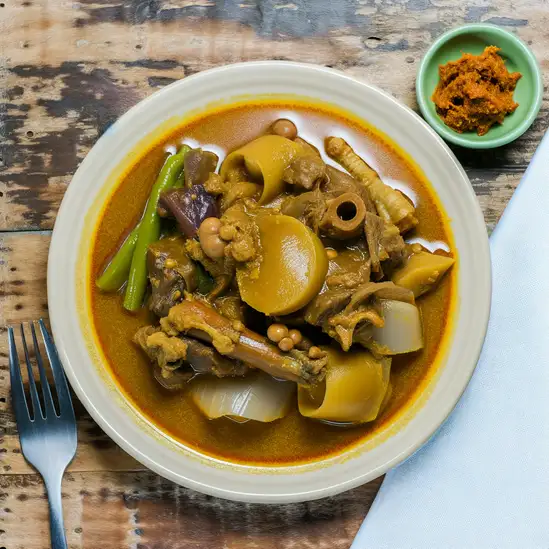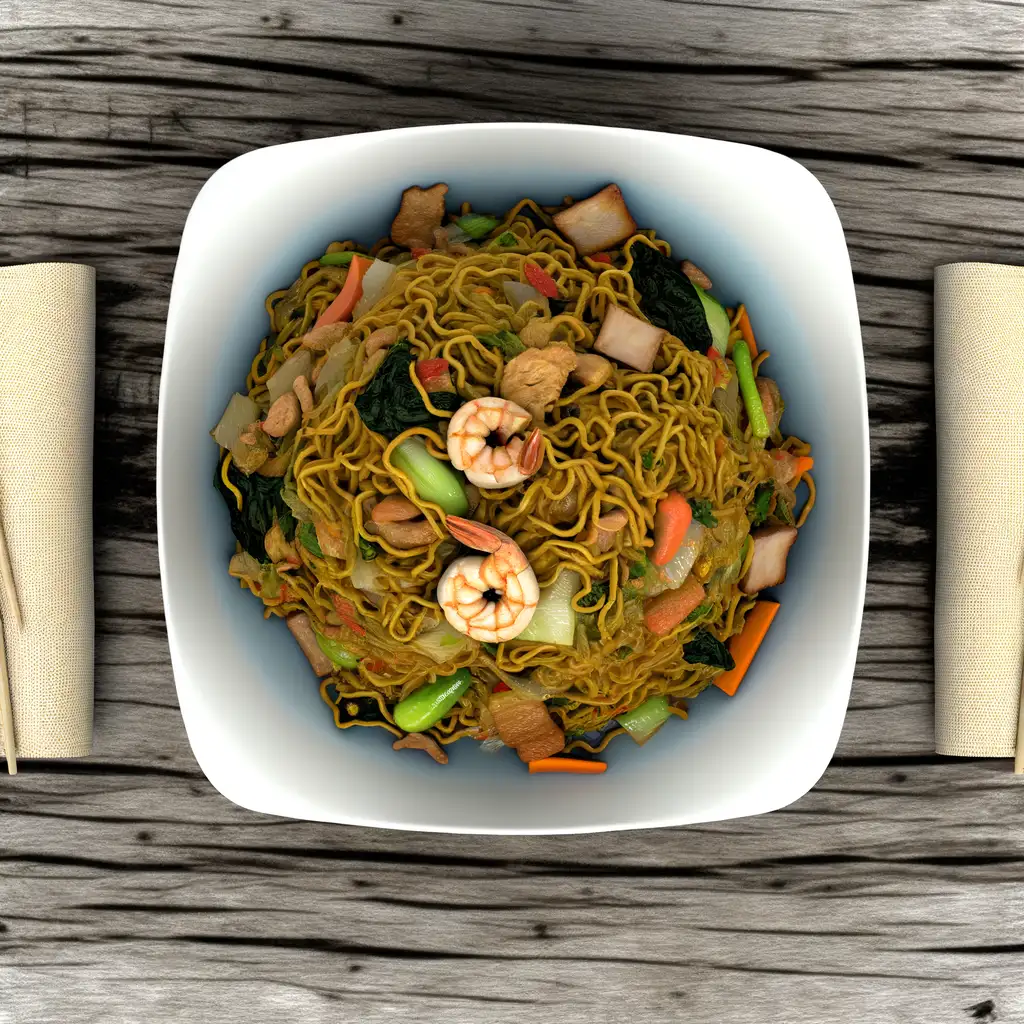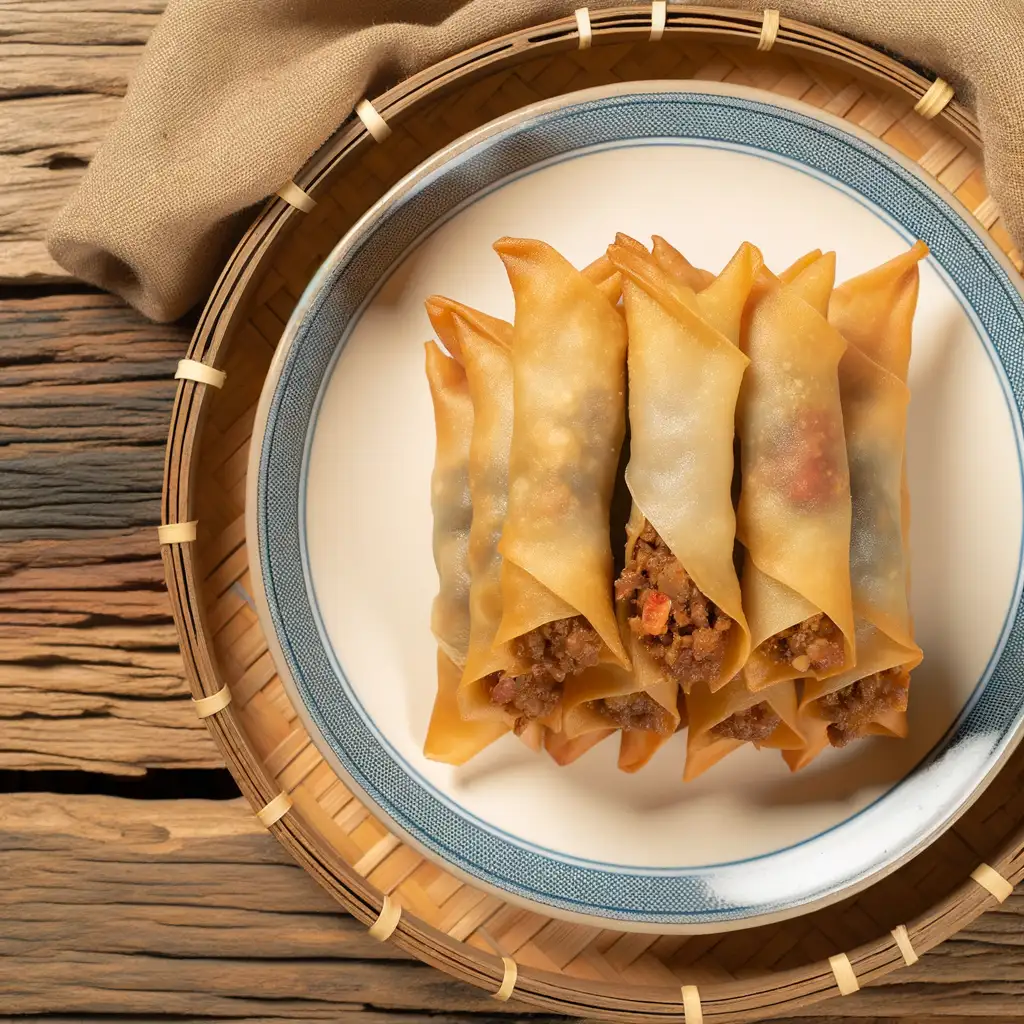



If you ever find yourself craving a place where energy hums in the air and every street corner tells a story,Angeles City in the Philippines should be on your radar. The moment you step into this vibrant city,you’re greeted by a lively mix of old and new—colorful jeepneys weaving through bustling markets,the scent of sizzling street food mingling with tropical blooms,and the chatter of locals and travelers blending into a warm,inviting buzz. It’s a city that doesn’t just welcome you; it pulls you into its rhythm. What’s truly captivating about Angeles is its rich tapestry of culture and history,shaped by its unique past as a former U.S. airbase. This blend gives the city a distinct character—where Filipino warmth meets a cosmopolitan flair. You’ll find yourself wandering through lively night markets,tasting everything from smoky grilled pork skewers to sweet halo-halo that cools you down under the tropical sun. The nightlife pulses with energy,from cozy bars where locals share stories over craft beers to vibrant clubs that keep the music alive until dawn. But beyond the buzz,there’s a genuine friendliness here that makes you feel like you belong. Whether you’re chatting with a vendor about the best local eats or exploring nearby natural spots like Mt. Pinatubo’s crater lake,Angeles City offers a blend of adventure and comfort. It’s a place where every sense is awakened,and every moment feels like a new discovery waiting to happen.
The information on this page is currently being reviewed by Tripkliq and should be used as a guide only
Eng word: Hello
Eng pronunciation: Koo-moos-tah
Local language: Kumusta
Eng word: Goodbye
Eng pronunciation: Pah-mah-nah
Local language: Pámaná
Eng word: Thank you
Eng pronunciation: Dah-kahl ah sah-lah-maht
Local language: Dacal a salamat
Eng word: How much
Eng pronunciation: Mahg-kah-noo
Local language: Magkanu
Eng word: Toilet
Eng pronunciation: Bahn-yoo
Local language: Banyu
Eng word: Help me
Eng pronunciation: Too-loo-gahn moh koo
Local language: Tulungan mo ku
Eng word: Yes
Eng pronunciation: Oh-oh
Local language: Oó
Eng word: No
Eng pronunciation: Ah-lee
Local language: Ali
Eng word: Excuse me
Eng pronunciation: Pah-kee-excuse
Local language: Paki-excuse
Angeles City was founded on January 1,1829 by the Spanish conquistadores as a new municipality.
During the American colonial period, Angeles City was home to Clark Air Base, which played a major role in World War II and the Vietnam War.
Angeles City was severely damaged during World War II, particularly during the Japanese occupation when much of the city was destroyed.
Angeles City played a significant role in the Philippine struggle for independence from colonial rule and was a center for revolutionary activities.
The eruption of Mt. Pinatubo in 1991 caused widespread destruction in Angeles City and nearby areas, leading to the evacuation of thousands of residents.
In the aftermath of the Mt. Pinatubo eruption, Angeles City underwent a massive rehabilitation and rebuilding effort to restore the city to its former glory.
Angeles City gained a reputation as a major red-light district in the Philippines, with Fields Avenue being a well-known entertainment and nightlife area.
Angeles City is home to a rich cultural heritage, with traditional festivals, cuisine, and arts that reflect the city's diverse history and influences.
Angeles City is a thriving commercial and industrial hub, with a strong economy driven by tourism, agriculture, and manufacturing industries.
In Angeles City, the most common Power Adaptor is Type A, Type C.



A rich and hearty stew made with oxtail, tripe, and vegetables, cooked in a thick peanut sauce, usually served with bagoong (fermented shrimp paste).

A popular Filipino dessert made with crushed ice, sweetened fruits, jellies, and topped with leche flan and ube ice cream.

A traditional noodle dish that comes in various forms, often stir-fried with vegetables, meat, and seafood, symbolizing long life.

Crispy spring rolls filled with ground pork, vegetables, and spices, often served with a sweet and sour dipping sauce.

A spicy dish made with pork, coconut milk, and chili peppers, originating from the Bicol region but popular in Angeles City.

A sizzling dish made from chopped pig's head and liver, seasoned with calamansi, onions, and chili peppers, often served on a hot plate.

Sweet cured pork that is typically served for breakfast, often accompanied by garlic rice and fried eggs.
Manila is this vibrant,bustling heart of the Philippines that grabs you the moment you step off the plane. There’s an energy here that’s both chaotic and warm,like the city is alive and breathing with stories waiting to be discovered. Walking through its streets,you’ll catch the scent of sizzling street food mingling with the salty breeze from Manila Bay. The soundscape is a lively mix of jeepneys honking,street vendors calling out their wares,and the occasional laughter spilling from a nearby sari-sari store.
What makes Manila truly special is its rich tapestry of history and culture woven into everyday life. You can wander through Intramuros,the old walled city,and feel the echoes of Spanish colonial days in the cobblestone streets and centuries-old churches. Then,just a few blocks away,modern skyscrapers rise,showcasing the city’s dynamic spirit. The people here are incredibly warm and welcoming,always ready to share a story or recommend their favorite spot for halo-halo,a sweet,icy treat that’s perfect for cooling down in the tropical heat.
Manila’s charm lies in its contrasts—the old and new,the quiet moments in hidden courtyards and the lively buzz of night markets. It’s a place where you can savor rich Filipino flavors,dive into vibrant festivals,and feel the pulse of a city that’s constantly evolving but never loses its heart. If you want a trip that’s full of life,color,and genuine warmth,Manila’s waiting with open arms.
Imagine stepping into a place where history hums through the streets and the ocean breeze carries the scent of salty adventure—that’s Cebu City for you. The moment you arrive,there’s this lively energy that wraps around you,a mix of old-world charm and modern buzz. You’ll find yourself wandering through colorful markets where the chatter of vendors blends with the aroma of freshly grilled street food—think sweet,smoky lechon sizzling over coals,tempting you at every corner.
Cebu’s character is a beautiful blend of the past and present. Ancient Spanish forts and centuries-old churches stand proudly alongside sleek cafes and vibrant street art. The city pulses with warmth,not just from the tropical sun but from the people who greet you with genuine smiles and stories. At night,the streets light up with music and laughter,and you can almost taste the festive spirit in the air.
What really makes Cebu unforgettable is how it feels alive in every sense. You can hear the waves crashing nearby,see the colorful jeepneys weaving through traffic,smell the tropical fruits at the market,and feel the warmth of the sun on your skin as you explore. It’s a place where culture,history,and everyday life blend seamlessly,inviting you to dive in and experience its vibrant soul firsthand.
If you ever find yourself craving a place where nature’s calm meets a laid-back island spirit,Puerto Princesa is where you want to be. The moment you step off the plane,there’s this warm,salty breeze that wraps around you,carrying the faint scent of the sea and tropical blooms. It’s a city that doesn’t rush — people move with a gentle rhythm,and the streets hum softly with the chatter of locals and the occasional strum of a guitar from a nearby café. It feels like a breath of fresh air,both literally and figuratively.
What really makes Puerto Princesa stand out is its deep connection to nature. The famous Underground River is just the beginning — lush mangroves,crystal-clear waters,and vibrant coral reefs surround the city,inviting you to explore. You can hear the calls of exotic birds in the morning and watch fishermen bring in their catch as the sun dips low,painting the sky in shades of pink and orange. The food scene here is a delightful surprise too — fresh seafood grilled right on the beach,sweet tropical fruits bursting with flavor,and local dishes that tell stories of the sea and the land.
But beyond the sights and tastes,it’s the people who make Puerto Princesa unforgettable. Their warmth and genuine smiles make you feel like you’re not just visiting,but truly welcomed. Whether you’re wandering through the bustling market or sharing a laugh with a vendor,there’s a sense of community that lingers long after you leave. It’s a place that invites you to slow down,soak in the simple joys,and leave with a heart full of stories.
If you ever find yourself craving a place where vibrant city life meets the gentle embrace of nature,Davao City is where you want to be. The moment you step off the plane,there’s this warm,welcoming energy that wraps around you—like the city itself is inviting you to slow down and savor every moment. The air carries a subtle mix of tropical blooms and the faint,salty hint of the nearby sea,while the streets buzz with a friendly hum of jeepneys and chatter in a melody of languages.
Walking through Davao,you’ll notice how the city wears its culture proudly. From the colorful street markets where vendors call out their fresh fruits and local delicacies,to the intricate weaves and crafts that tell stories of indigenous tribes,there’s a deep respect for heritage here. And the food? Oh,the food! Imagine biting into a juicy durian (if you’re brave enough),or savoring grilled tuna so fresh it practically melts in your mouth,all while sipping on a sweet,refreshing calamansi juice.
What really sets Davao apart is its balance—towering mountains and lush parks sit just a short drive from bustling urban spots. You can spend your morning hiking up Mount Apo,the Philippines’ highest peak,then wind down with a stroll along the riverwalk as the sun dips low,painting the sky in shades of orange and pink. It’s a city that feels alive but never rushed,where every corner invites you to explore,taste,and connect.
If you ever find yourself wandering through the heart of Bohol,Tagbilaran City greets you with a warm,unhurried rhythm that feels like a gentle hug after a long journey. The city hums with life—not the overwhelming buzz of a metropolis,but a lively,welcoming energy where jeepneys rattle by and street vendors call out their fresh fruit and local snacks. As you stroll along the waterfront,the salty breeze carries the faint scent of grilled seafood mingling with tropical flowers,inviting you to slow down and savor the moment.
Tagbilaran’s charm lies in its blend of old and new. You’ll catch glimpses of Spanish-era churches standing proudly beside colorful markets where locals barter over ripe mangoes and sticky rice treats. The city’s pulse is deeply tied to its people—friendly,easygoing,and proud of their heritage. At night,the streets light up with laughter and music spilling from small eateries where you can taste the rich flavors of Boholano cuisine,like the sweet,tender kalamay or freshly caught fish cooked with coconut milk.
What really stays with you is the city’s sense of community and its connection to the sea. Whether you’re watching fishermen haul in their catch at dawn or joining a lively fiesta,Tagbilaran feels like a place where stories are shared over steaming cups of coffee and where every corner invites you to discover a new layer of its soul. It’s not just a stopover—it’s a place that quietly pulls you in and makes you want to stay a little longer.
If you ever find yourself craving a place where history hums softly alongside the buzz of everyday life,Iloilo City is where you want to be. The moment you step into its streets,there’s this warm,inviting energy—like the city is gently nudging you to slow down and savor its stories. You’ll notice the colonial-era buildings standing proudly beside modern cafes,their facades telling tales of centuries past. The air carries a subtle mix of salty sea breeze and the sweet aroma of freshly baked pan de sal,making every morning feel like a comforting embrace.
Walking through Iloilo,you’ll hear the lively chatter of locals,the clinking of glasses in cozy eateries,and the distant strum of guitars from street performers. The city’s character shines brightest in its festivals,especially the Dinagyang,where vibrant costumes and rhythmic drums fill the streets with infectious joy. But even on quieter days,the genuine smiles of Ilonggos and their easygoing hospitality make you feel like you’ve found a second home.
And then there’s the food—oh,the food! From the rich,savory batchoy served steaming hot in humble noodle shops to the sweet,creamy taste of fresh mangoes,every bite is a celebration of local flavors. Iloilo isn’t just a place to visit; it’s a place to experience,where every corner invites you to pause,breathe,and fall a little in love with its soul.
Scammers may install skimming devices on ATMs to steal card information and PINs from unsuspecting users.
Tourists may be overcharged for drinks or presented with inflated bills at bars, especially in nightlife areas like Fields Avenue.
Money changers may use sleight of hand or provide incorrect exchange rates to shortchange tourists.
Vendors may sell counterfeit or low-quality items as authentic local products at inflated prices.
Individuals posing as tour guides may offer their services and charge high fees, providing little to no value in return.
Some taxi or tricycle drivers may refuse to use meters or charge exorbitant flat rates, especially for tourists unfamiliar with local fares.
Crowded areas, such as markets or nightlife districts, are hotspots for pickpockets targeting distracted tourists.
Scammers may build relationships with tourists online or in person, eventually asking for money under false pretenses.
Locals may approach tourists with fabricated stories of hardship to solicit money or donations.
Unsuspecting tourists may have their drinks spiked in bars or clubs, leading to theft or other crimes.
The Philippines has very strict laws regarding the possession, use, and distribution of illegal drugs. Angeles City is no exception. The Comprehensive Dangerous Drugs Act of 2002 (Republic Act No. 9165) imposes severe penalties, including long prison sentences and hefty fines, for drug-related offenses. Tourists should be extremely cautious and avoid any involvement with illegal drugs to avoid severe legal consequences.
In Angeles City, Philippines, smoking is regulated under the nationwide Executive Order No. 26, which enforces a smoking ban in public places. This includes schools, hospitals, public transportation terminals, and government facilities. Designated smoking areas are allowed but must be compliant with specific guidelines, such as being outdoors and away from non-smokers. Violators can face fines and other penalties.
Vaping in Angeles City is subject to similar regulations as smoking. The use of e-cigarettes and other vaping devices is prohibited in public places where smoking is banned. Designated vaping areas may be available, but they must adhere to the same guidelines as smoking areas. Tourists should be cautious and look for signs indicating whether vaping is allowed.
What are other people saying about Angeles City?
Recent Social posts about Angeles City
There is nothing to show you for now.